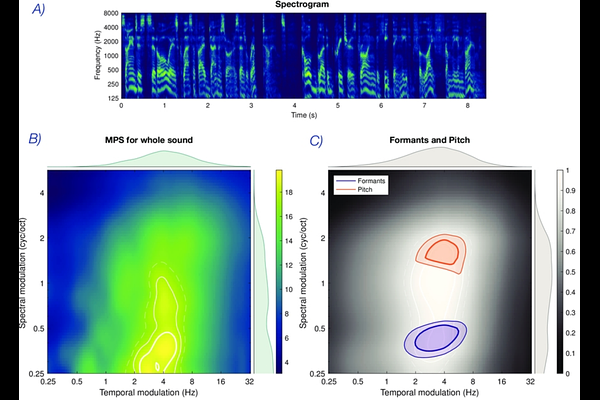The shape of attention: How cognitive goals sculpt cortical representation of speech.

The shape of attention: How cognitive goals sculpt cortical representation of speech.
Huet, M.-P.; Elhilali, M.
AbstractPerception requires more than passive sensing--it involves prioritizing the features most relevant to ongoing cognitive goals, a process guided by selective attention. A central question is whether attention operates by enhancing all features of a selected target, or by optimizing neural encoding around the specific demands of the task--i.e., is selective attention fundamentally anchored around task targets or around task goals? Here, we recorded electroencephalography (EEG) while participants performed two speech tasks--comprehension and detection--on identical auditory stimuli. Task difficulty was manipulated by introducing controlled background noise that increased cognitive demands without reducing speech intelligibility. We developed a novel EEG-based method, the Modulation Response Function (MRF), which captures cortical sensitivity to spectro-temporal features via spectrogram reconstruction. Behaviorally, comprehension performance declined with increased difficulty, with greater reliance on semantic cues, while detection performance remained near ceiling. Neurally, both envelope tracking and MRF magnitude were higher during comprehension, reflecting greater cognitive engagement. Critically, spectro-temporal tuning differed across tasks: formant-related modulations were selectively enhanced during comprehension, whereas pitch-related modulations were emphasized during detection. These findings support a discriminative model of attention, where cortical encoding is flexibly reshaped according to cognitive goals, selectively amplifying the features most relevant for successful task performance.